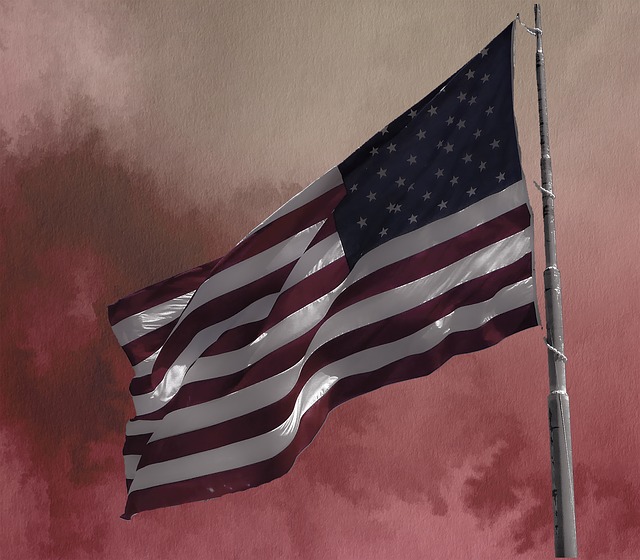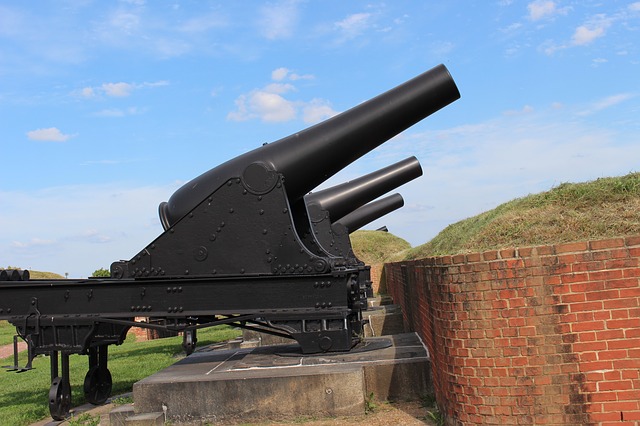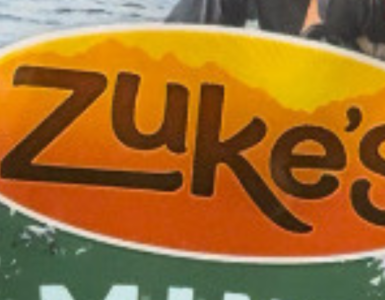The Star-Spangled Banner. It is one of the most recognized tunes in the United States. The Star-Spangled Banner was penned by Francis Scott Key. He wrote the poem in September 1812, after he watched the shelling of Fort McHenry, located outside of Baltimore, Maryland, by British soldiers, and watched the soldiers inside the fort raise the American flag. It was a symbol, a powerful one, which carried the message, “we are still here,” from those inside the fort.
O say can you see by the dawn’s early light
What so proudly we hailed at the twilight’s last gleaming
Whose broad stripes and bright stars through the perilous fight
O’er the ramparts we watched, were so gallantly streaming?
And the rocket’s red glare, the bombs bursting in air
Gave proof through the night that our flag was still there
O say does that star-spangled banner yet wave
O’er the land of the free and the home of the brave
Before the song became the National Anthem, it had been one of the most popular songs in America. The music that the poem was set to, ironically, is from an English drinking song called “To Anacreon in Heaven.” The tune was written around 1775 by John Stafford Smith and was an ode to the ancient Greek poet, Anacreon, who really loved wine.
If you ever have a chance to visit Fort McHenry, I highly recommend it. There is so much history there, and you can walk through the fort, gaining a sense of what the soldiers there lived with on a daily basis. You can see the living quarters, the jail, some of the stores that were located within, and then look at the view across the Chesapeake Bay.
The soldiers inside the fort managed to withstand around 25 hours of a constant barrage by the British ships in the Bay. When they hoisted the flag the next morning, the soldiers signaled their victory through the flag. The War of 1812 has been considered the second war of Independence in the United States. Before the cannonade, Washington D.C. had been invaded, and the White House burned to the ground, and other buildings in the area were set on fire as well.
Francis Scott Key was an American lawyer who had been working on securing the release of Dr. William Beanes, a civilian doctor who had been captured, for the week before the shelling began. Because they knew the British plans, and as part of the release terms, neither could return to land prior to the firing on Fort McHenry.
There are four verses to the Star-Spangled Banner poem, but only one is truly known to this day, and that is the one that composes our national anthem today. You can learn more about the history of the Star-Spangled Banner here: http://bit.ly/3ppaBF3.














